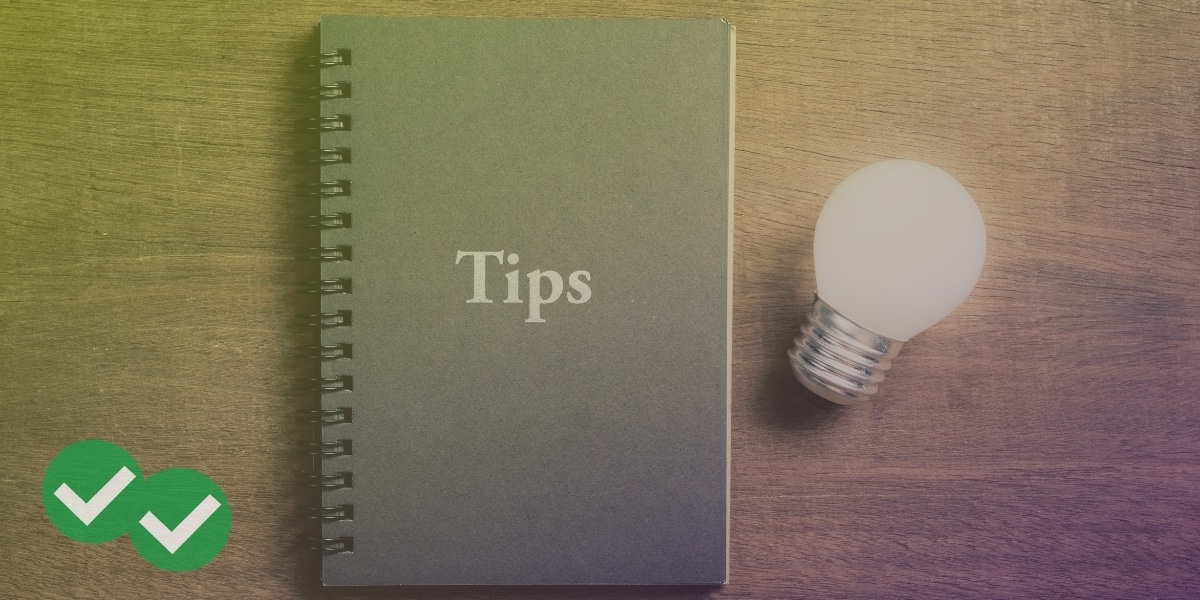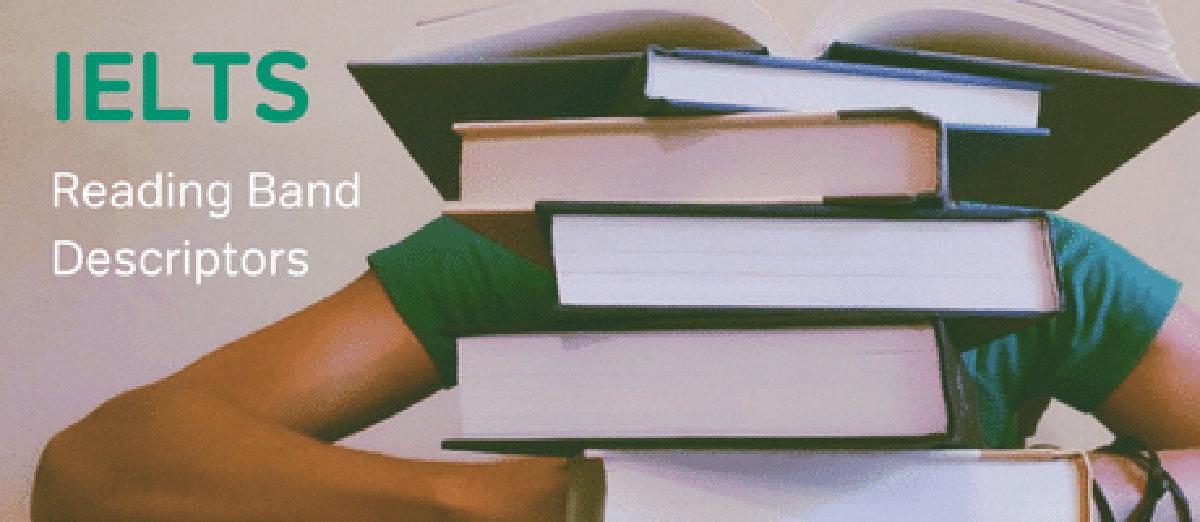
Let me share some really great IELTS Reading tips with you. What makes them so great? Well, bear in mind that IELTS Reading passages and questions vary a lot– there are two versions of the IELTS Reading test (the Academic IELTS exam and General Training exam) and twelve different IELTS Reading question types. And yet, the 10 tips I’m about to give you will help you build your reading skills for every type of question and passage, no matter which of the IELTS tests you take!
IELTS Reading Tips: The Keys to Success
1. Do Extensive Reading Practice
You should follow this IELTS Reading tip because practice really does make perfect. In addition to the practice tests, there are numerous newspapers, magazines, and websites offering great supplementary reading resources on various topics for your upcoming test. Spend some time reading these materials in your spare time. Once you get used to reading long and difficult passages, your reading speed will definitely increase a lot. This will greatly improve your confidence and understanding when it comes to written English.
2. Expand Your Vocabulary
This is really more of a set of multiple IELTS Reading tips about how to expand your vocabulary.
Needless to say, the more IELTS vocabulary you know, the easier the IELTS Reading exam will be for you. Vocabulary is very, very important if you’re aiming for a high Band score. As you prepare for the exam, make sure to study new words regularly. Your goal should be to learn 15 to 20 new words each day.
Also, try to read in English regularly (15 to 20 minutes per day at least!). It’s an excellent idea to keep a vocabulary journal as you read. Record new and unfamiliar words, and then define each one with a synonym or short definition. Keep it simple. You should return to your list a few times each week to review, focusing attention on terms you have difficulty remembering. Additionally, Magoosh offers a Vocabulary Flashcard app and a Vocabulary PDF word list for the IELTS. (Bonus: They’re both free!) No matter how you prefer to review vocabulary, study a little bit every day!
3. Practice Your Timing
Sixty minutes is not a lot of time to get through all of the passages and answer 40 questions. Since each question is worth the same amount of points (1), it makes the most sense to divide the 3 sections equally—spending 20 minutes per section.
To help you follow this IELTS Reading tip, Eliot, our top IELTS instructor, has put together a timed Reading section video to help you practice that pacing:
4. Focus on the Directions (a Basic Yet Very Important IELTS Reading Tip!)
Attention to detail is very important on the IELTS Reading paper. Unfortunately, too many test-takers lose points unnecessarily because they don’t pay close attention to the directions. The directions for each task will tell you how to mark answers on your Answer Sheet. For example, some questions require numerals (i, ii, iii, iv, v, etc), while others require letters (A, B, C, etc). Short Answer questions are even more complicated. The directions may say something like, “Choose NO MORE THAN THREE WORDS from the passage.”
Each set of questions will have its own instructions telling you how to mark your answers. As you practice, get into the habit of looking at these instructions every time. Comprehending the instructions really is the easiest kind of reading comprehension on the exam. You don’t want to miss points because you didn’t notice a key detail in the directions.
5. Skim the Text
Skimming is to get a general idea of the text. You don’t need to read the whole text carefully this time; instead, you can spend two or three minutes skimming the title, the introduction paragraph, the topic sentences, and supporting details of each paragraph. (Basically, look for the main idea and supporting details of the paragraphs and the passage as a whole.) Check out our techniques for IELTS skimming! That tutorial can help you follow this IELTS Reading tip.
6. Read the Question and Identify Key Words
Then you can read the questions and circle or underline the key words. Sometimes, the key words in a question are obvious such as a name, a place or a date. For instance, the key words in How much funds would you gain by now, if you had invested $1000 in the Amazon in 1997? should be Amazon and 1997.
However, in some cases, it is not easy to identify the key words. Just ask yourself, what is the key information in the question? Let’s take the following T/F question for example. New therapies can permanently change circadian rhythms without causing harm. The key information here is Therapies change circadian rhythms. Once you see these key words, you can start scanning the passage for related information.
7. Locate Detailed Information
Locating information will be easier with the help of key words. Some words, such as names and numbers, are quite easy to find in the text. For others, you can predict which paragraph may contain the required information because you have already skimmed the text. Also, do not forget that the information may be paraphrased in the text.
8. Put Answers Directly on the Answer Sheet (One of the Simplest and Most Powerful IELTS Reading Tips!)
Unlike the Listening section, you won’t have extra time to write down answers on the answer sheet. Therefore, once you get an answer, put it directly on the answer sheet.
9. Do Not Spend Too Much Time on One Question or One Section
This is one of the most important IELTS Reading tips, as a lot of students fail to do this! As I mentioned earlier, never spend too much time on a single question. If you get stuck on one question, just leave it for the end. Sometimes, you simply won’t understand a question or a segment within a passage fully. Other times, no matter how hard you try, you won’t find an answer in the text. If this happens, just make your best guess and move on so you don’t miss out on easier points later in the test! You can always return to a difficult question later if you have spare time in the end.
Keep in mind that the hardest questions and the easiest questions count equally towards your final Reading score. Therefore, if you’re struggling to finish all of the questions within 60 minutes, make sure you’re not losing out on easier points because you get stuck on hard questions.
10. Get Familiar With the Question Types
Check out our IELTS reading question types post to find out the common question types. Doing practice tasks on these question types can help you understand the question requirement and learn how to use different strategies to get correct answers.
Final IELTS Reading Tips and Advice
You’ll notice that these tips cover many different aspects of IELTS Reading. This is because it’s important to understand the “big picture” for the Reading section. Make sure you focus on every part of IELTS Reading while giving special attention to any skills you’re weak in. Be aware of your strengths too, so you can build on those strengths while working on your weaknesses.
And for a truly “big picture” look at the IELTS Reading section, check out our Complete Guide to IELTS Reading. This contains additional IELTS Reading tips, tricks, and information.





